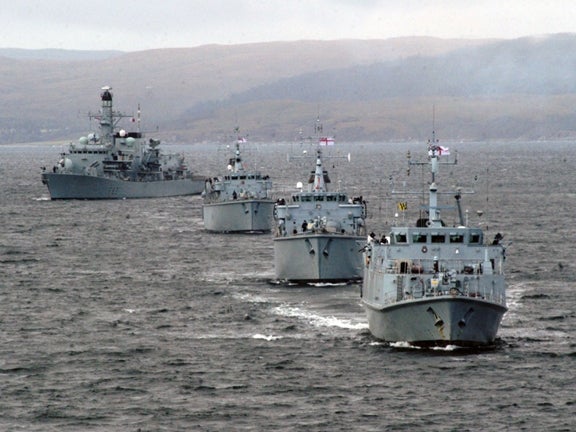
The UK-led Joint Warrior 2012, Nato’s biggest military exercise, has concluded successfully off the coast of Scotland, having validated participating units’ skill, knowledge and equipment in different environments, as well as capabilities for responding to unexpected worldwide threats.
Designed and led by the Joint Tactical Exercise Planning Staff (JTEPS), the biannual exercise involved 27 separate naval units, 24 warships, 40 aircraft and more than 4,500 personnel from UK and allied forces.
Exercise director captain Phillip Titterton said: "The reserves, from all three armed forces, play a vital part in aiding the exercise control and, in turn, benefit from a full-scale, live exercise in which to hone their skills, many of which are deeply specialist and unique."
Participating units conducted naval gunfire support to aerial combat, attacks by small, fast watercraft and humanitarian assistance operations, as well as simulated visit, board, search and seizure (VBSS) missions.
DESRON 26 commander captain Nelson Castro said that the forces also conducted anti-air, anti-surface and anti-submarine warfare missions, in addition to smaller exercises such as non-combatant evacuation operation (NEO) and mine clearance operations.
JTEPS director captain Paul Titterton added: "By training in this fashion, we are able to prepare for a whole range of potential and ultimately realistic tactical scenarios, from out-and-out warfare to rescuing fishermen captured by pirates."
The exercise was also intended to enhance interoperability and develop common tactics, techniques and procedures for combined operations among allies in a maritime environment.
Forces from the UK, US, Belgium, Germany, Netherlands, France, Norway, Denmark and Estonia took part in the two-week exercise, which takes place off the coast of Scotland twice a year. It ran from 1-11 October 2012.
Image: Royal Navy’s frigates heading back home following the completion of Joint Warrior 2012 exercise. Photo: courtesy of UK Royal Navy.




